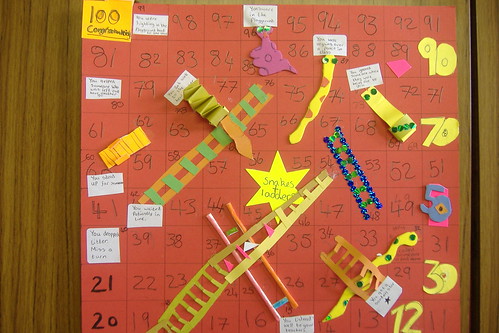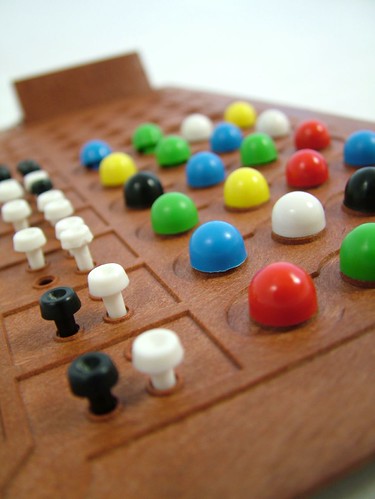1. If you haven’t already, join the local library and visit it weekly.
2. Try an activity from the webmix for 1st class (see below).
In particular there are lots of Maths games on it. (There is some science too).
3. Try games such as scrabble, draughts, chess,
Monopoly and card games
4. Perhaps start an ‘extra work’ copybook.
In it you could …
5. Write a book review or a film review.
What was it? What happened in it?
Was it enjoyable?
What mark would you give it out of 10? Why?
6. Make a bookmark for your favourite book
or the most recent book that you have read.
7. Make a card or write a letter
to a family member or friend.
8. Beginning with the letter ‘A” list in alphabetical order
as many names you can think of.
(Other lists can include: places, animals, foods, sports,
hobbies, jobs people have, things you would find in school,
in the kitchen etc.)
9. Write a story or poem.
10. Compose tune. Write the words to this song.
11. Write down all the things you are good at.
12. Describe how to play your favourite sport.
13. Write down 5 facts about something that interests you.
14. Listen to some music and draw what you see.
15. List as many adjectives or describing words that
you can think of to describe yourself
16. Describe yourself for an alien. Can you write a story about meeting an alien.
17. Who is the person you would most like to meet?
What would you like to ask this person?
18. Design a useful invention.
19. List all the verbs (doing/action activities) you will do today.
20. Paint how you are feeling using colours.
21. What would you do with 3 wishes?
22. Invent your own super hero. Describe and illustrate. Can you put him in a story. What happens? Who needs rescuing? What happens in the end?












